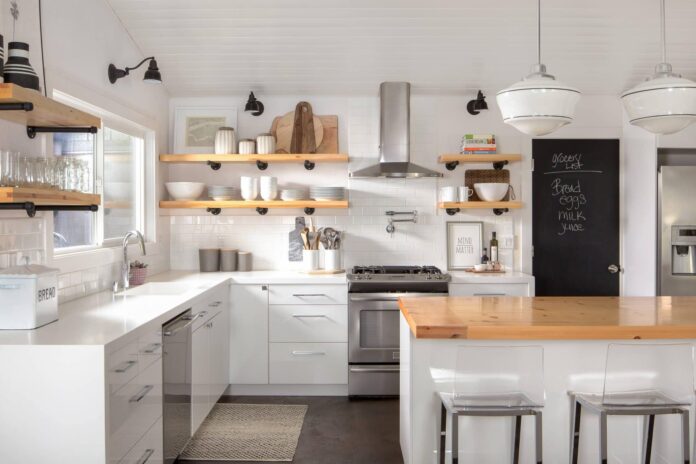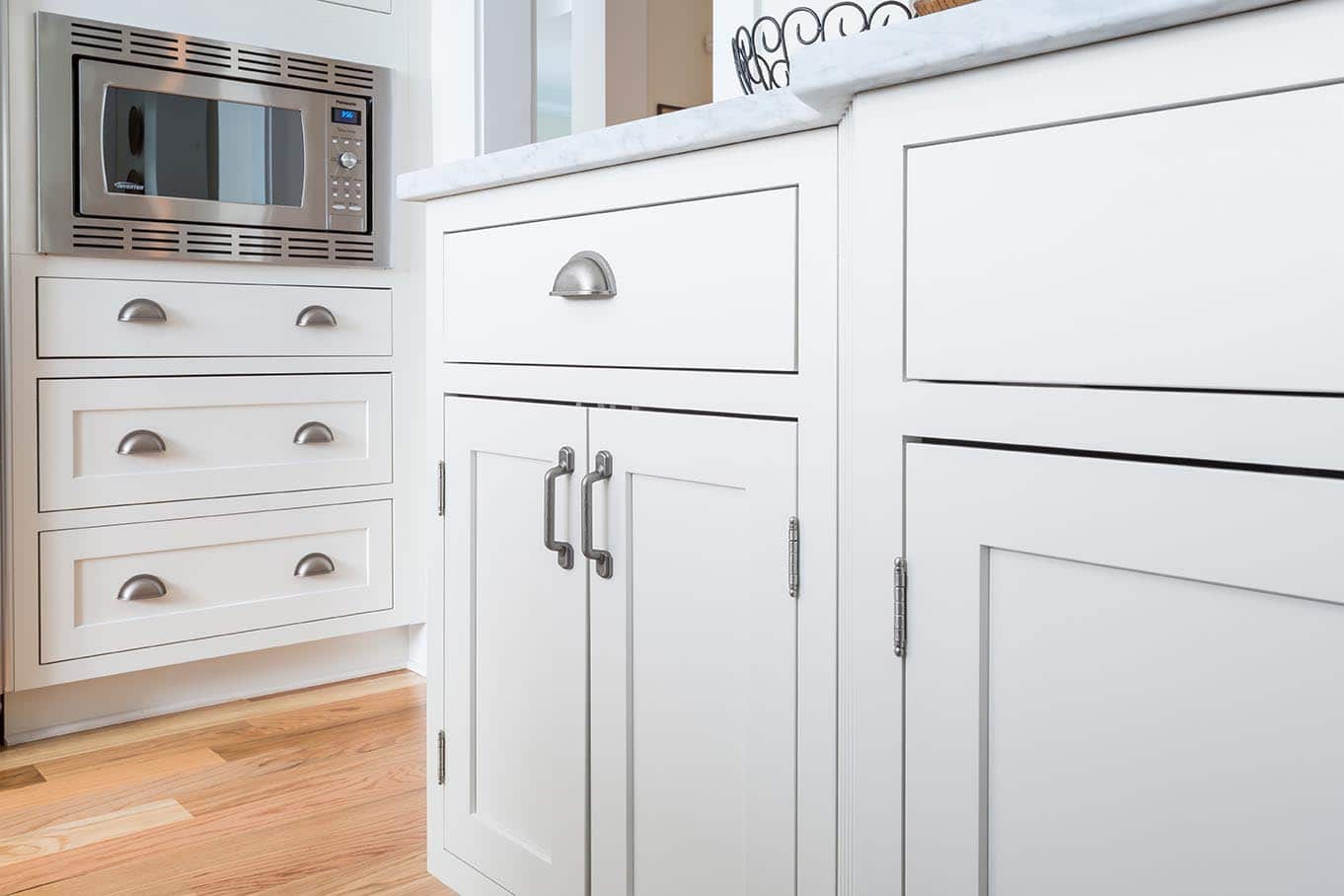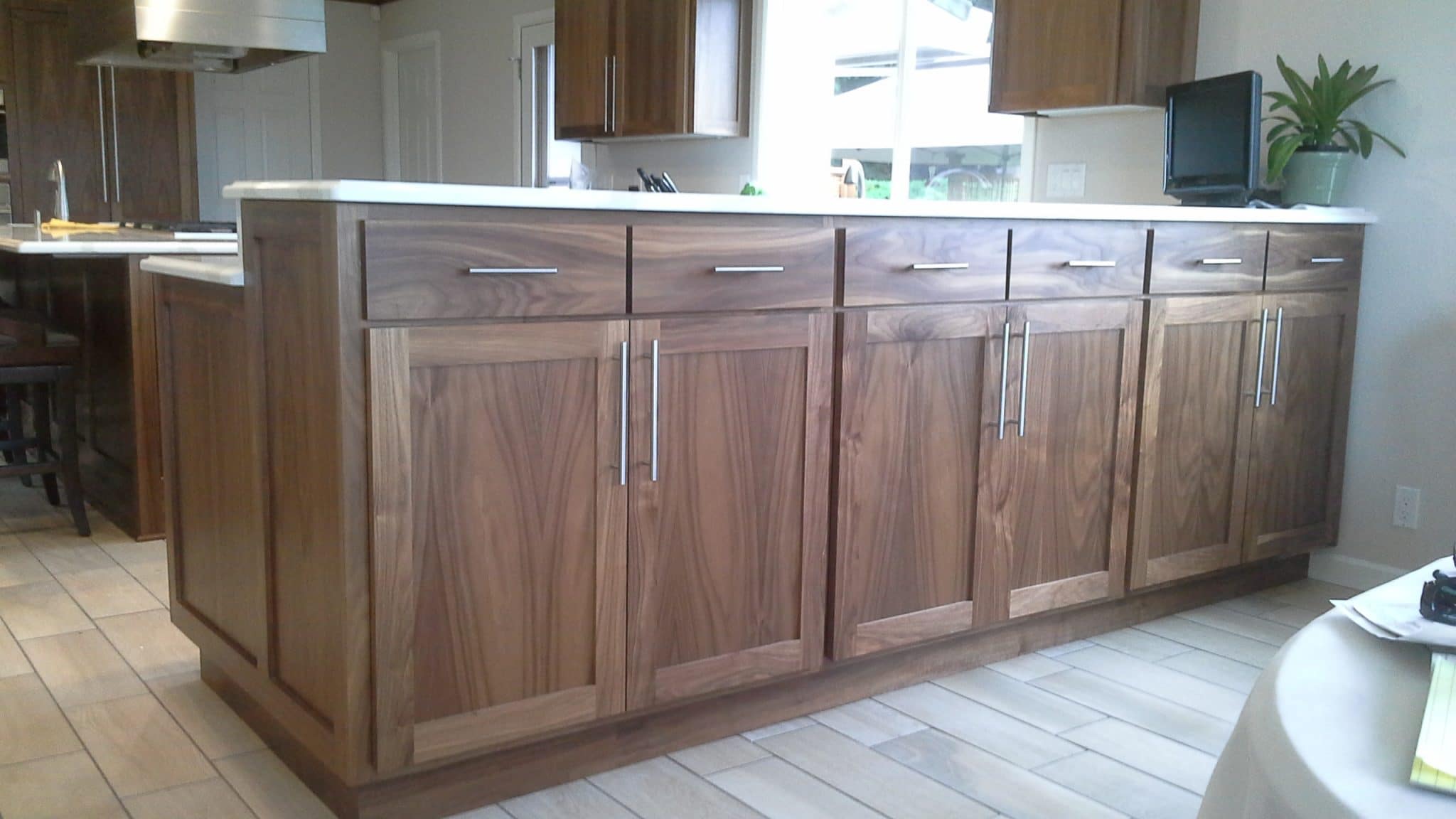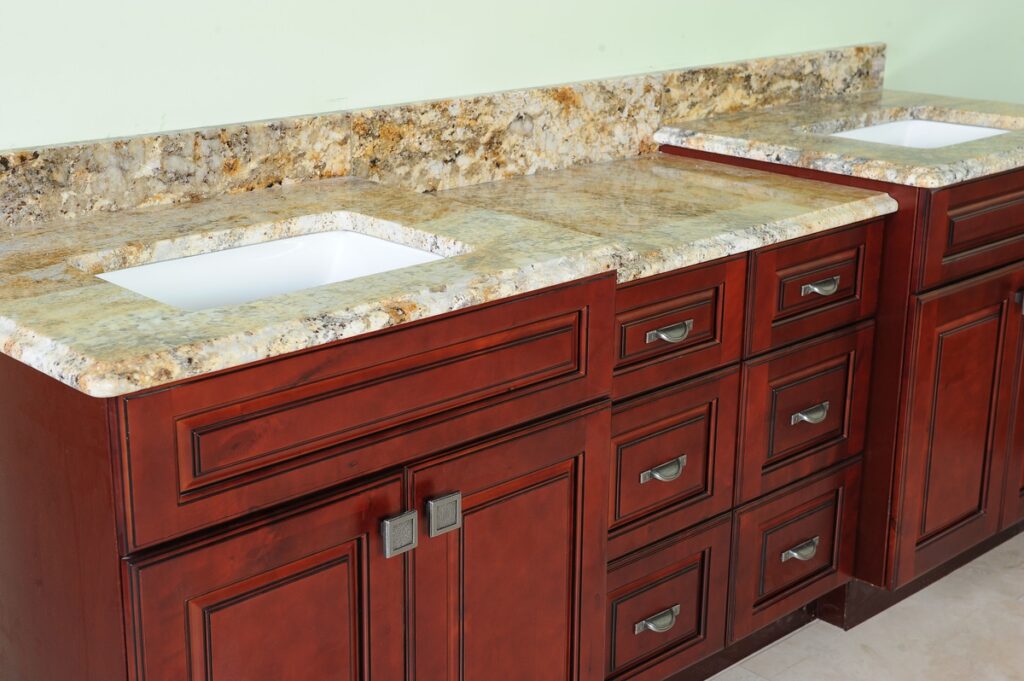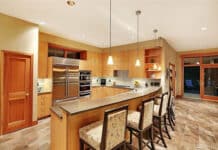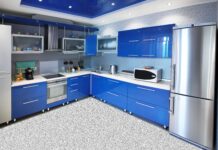Understanding Basic Terms Used in The Field of Kitchen Cabinetry
It’s important to revisit the fundamentals every few months here on our blog. It would be ignorant to believe that every visitor to this website is an expert when it comes to constructing a sturdy cabinet.
Not everyone is, and that’s perfectly fine. Luckily learning the basics is fairly easy, and we like to roll them out for you from time to time to make certain you’re at least minimally as up to speed as you should be.
After all, there’s a variety of doors, drawer fronts and side panels that are available in all sorts of options and costs and it can all get to be fairly confusing. Read on to discover what specific types you have to choose from, and why some may cost more than others.
CABINET TYPES
There are three primary ways that cabinet doors are mounted. They are known as inset, partial overlay and full overlay. The full overlay ones are also commonly known as “European style” cabinets or slab kitchen cabinets. Each has its own unique characteristics that set it apart from the others.
1. INSET
Inset cabinet doors are considered ‘classic’. The majority of cabinets built in the early part of the last century were of this design. Hinges are mounted to or just inside the visible face frame that goes around the cabinets opening. They are seen clearly when the door is shut. The face of the inset door is completely level with that of the cabinet box. Depending on the size of the frame, the inset door and drawer may be comparatively small, which would reduce the room of easily accessible space within. In keeping with the popularity of the vintage style, it tends to be on the pricey side today. In simplest terms, the inset cabinet drawers and doors are flush and level with the face frame.
2. PARTIAL OVERLAY
Partial overlay cabinet doors are a contemporary version of the inset style. These doors and drawers are mounted over the face of the box. When closed they cover and completely conceal the opening and partially obscure the face frame. The larger the face frame the greater it decreases the amount of space inside that is easily accessible. There are styles that feature a very wide face frame that make the door and drawers small in comparison. Functional hardware may be added. The primary trait to remember is that the door and drawer lay on top on the face frame, partially covering it.
3. FULL OVERLAY
Full overlay cabinets, also known as “Eurostyle” cabinets, feature doors and drawer faces that completely overlay the entire face of the box. There is no part of the face frame that is visible, nor can you see the hinges. With such a tiny gap between doors and drawers, you get a continuous uniform appearance. You have the most access to the interior with this style, and that allows for bigger drawers and more storage. The important thing to remember is that the doors and drawers cover the entire front of the box, no frame is visible.
CABINET DETAILS
All cabinet styles may share any number of details. Detailing of all kinds can be applicable to each type. Edge banding, for instance, will be visible upon opening the doors and drawers of any cabinet type. The edge banding itself may be made of PVC plastic or melamine. It may even be made of real wood, and found in a variety of thickness. The banding is supplied in long rolls and with the use of an edge bending machine is adhered to the plywood edges and then cut to size. Typically the type of banding chosen matches the wood, stain or color of the rest of the cabinet. The edge banding machines themselves come in a variety of sizes, depending on what kind of volume is needed. After the edge banding is attached it is sanded to sport a finished surface. And of course, the thicker the band material is, the greater its durability.
There is an art to cabinet face construction. They are made with either solid wood, plywood, MDF (Medium Density Fiberboard), or a combination of these. MDF doors are typically covered with material such as premium wood veneer, thermofoil, melamine, or laminate to give it a textured look. Cabinet faces that have raised panels are more likely made from milled wood that is pieced together with square or mitered corners and a middle panel. These compose the finished face.
We hope this brief tutorial is of some use to you. Try to determine what options you want before you shop, that will save you time and allow you to concentrate on getting the best deal per your decisions.

